
How I felt when I saw the light.
After learning these simple copywriting tips and tricks, I never looked at website copy in the same way again.
If you implement the techniques I’m about to show you, your copywriting will instantly be taken to a higher level.
It all boils down to this simple fact…
Tip#1: Your Prospects Don’t Care About You
When you make the common mistake of thinking that your website is all about you, and all about your product, your philosophy, and your verbose mission statement, you have missed the mark.
When your website copy comes from this internal “me, me, me” perspective, you will bore your prospects to death. They will hit the “back button” and bounce off your site.
You Need to Change Your Focus
I call it the “me, me, me epidemic.” So many businesses miserably fail with their website copy because they’re too busy focusing on themselves instead of their prospective customers.
They talk too much about themselves and what they’re all about…
They say “we” this and “we” that. They’ll say things like, ” we’re the premier such-n-such in the industry,”
…and “we’ve been in business for this number of years,” and “our passion is…,” “our goals are…,” “we strive for…,”
and “our aim is…” (to bore you to tears.)
Sound familiar? As if any of that “we” talk matters to regular people.
None of it matters unless you can tell me why I should care.
If you’re going to try and dazzle me with all of your nonsense, then you need to spin it in a way that makes the benefits clear to me (your prospect.)
If you’re not telling me how your credentials and philosophies will directly make my life better, then you’re just masturbating with words, and that’s a gross.
Tip#2: “What’s In It For Me?” – That’s The Only Thing Your Prospects Care About
If you can’t show them quickly, they will bounce back to the search results until they find a web page that speaks to them and provides what they want – a solution to their problem or an answer to their question.
That means you need to speak to your prospect directly, in language that they understand, and in language that addresses them in the 2nd person. Language that uses the word “you.”
When you read something that addresses “you,” you’re instantly thinking about yourself without intending to. The most powerful word on the planet is “You.” I first learned this copywriting tip years ago from Ben Hunt in his fantastic marketing book Convert.
When you read something that’s supposed to be about solving your problem, but instead, it’s a lot of “we” (first-person plural ) styled content, your eyes glaze over like a frosted donut.
You want to move on because it’s not about you; it’s about them, and all your selfish self cares about is you. This is true whether or not you are consciously aware of it.
Tip#3: Always Backup Your Statements With Benefits
Your prospects don’t really care what something is as much as they care about what it can do for them.
If you’re going to talk about the features of your product or service, you need to talk about why you should care. You need to start talking about benefits.
It’s good practice to ask yourself how a statement benefits the person reading it. That’s the reason to care. Then you add that reason if it’s not present.
I.e., back up your statements with benefits so that your prospects will understand how you can help them solve their problems.
Notice how I just backed up my statement with a benefit (in green font)?
More examples of qualifying your statements with benefits (in green).
- Shift from 1st to 2nd person (from “we” to “you”) statements in your sales copy. Your prospects will be more engaged because they will feel like you are writing about them instead of you.
- Use bullet points when possible to allow readers to quickly scan your copy and easily digest it.
- Your prospects will understand what your page is about at a glance when you break up your content with descriptive subheadings.
See how I switched that last one up? That’s my next copywriting tip …
Tip#4: Front Loading The Benefits
Front-loading benefits is a nice technique to give your copy extra punch. I use this all the time.
How could you flip the following sentence?
“When you front load the benefits in your copy, the reader will be more engaged, and you’ll get better results.”
Here’s one way to improve the last sentence.
“Your readers will be more engaged and you’ll get better results, when you front load the benefits in your copy.”
Tip#5: Copywriting For Call To Action Buttons
In web marketing terms, a “call to action” (CTA) is usually associated with a button that prompts a website visitor to take the next step.
That next step could be to watch a video, get a quote, subscribe to a mailing list, send a contact form, or visit a specific landing page.
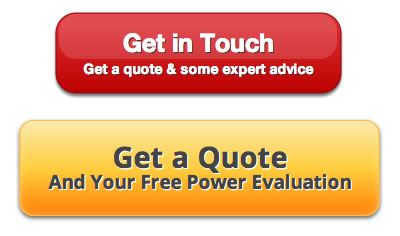
Some sample calls to action.
Writing effective calls to action is a science unto itself and a much larger discussion.
However, we can learn some excellent copywriting tips and tricks from conversion optimization specialists like Joanna Wiebe.
Here’s a fantastic formula to help you write copy for your calls to action. I snagged it from Joanna Wiebe, who says she got it from Michael Aagaard …
When writing a call to action, complete this 1st person phrase:
I want to __________
Yes, we want to do these in the first person singular, which is not how your main website copy is usually written. You can read more about the data supporting this fact in Michael Aagaard’s article.
It’s worth noting that “I want to” doesn’t have to be in the CTA; it’s just an exercise to help you dig down into the prospect’s motivation. What do they want? Why should they click? Etc.
Here are some examples:
- “Become a Better Copywriter Fast… Yes, Send My Free Course”
- “Get My Wife This Awesome Gift”
- “Yes, Reserve My Seat Without Committing”
- “Get Paid To Do My Taxes” (wouldn’t that be nice?)
- “Try It FREE For 1 Month”
- “Yes, Start My FREE Trial”
Joanna did such a nice job in her blog post of pointing out the variations of “I want to”…
“I want…”
or
“Don’t you want…?”
or
“If only there was…”
Great stuff. You get the idea.
You can read more about the interesting conversion data on writing your CTA copy in the first person, using the above strategy as a guide, on Copyblogger
Examples of Some Great 2nd Person Copywriting (Based on “You”)
With some of these sites, you’ll notice that when they speak in a “we” context, it’s almost always qualified with some direct benefit to the prospect.
Great Copywriting Example #1: You Need a Budget
Great Copywriting Example #2: GetQuantify
Great Copywriting Example #3: Quizzle
Great Copywriting Example #4: Prime Support
Great Copywriting Example #5: Emyth
Great Copywriting Example #6: Gen-Plus, Inc
- http://www.youneedabudget.com/ (Good copy. They get it.)
- https://www.getquantify.com/ (Good home page copy above the fold.)
- https://www.quizzle.com/ (Clear message, I like the copy.)
- http://www.genplusinc.com/ (Here’s one I did.)
- http://emyth.com/ (Nice business coaching site with a lot of good benefit-driven copy.)
Examples of Website Copy Gone Wildly Wrong
In my opinion, these sites miss the mark. They are focusing on themselves or trying to be too clever. When you look at these home pages, just ask yourself, “what’s in it for me?’ I had a hard time answering that question when I landed on these:
Copywriting Gone Wrong #1: Vandelay Design
Copywriting Gone Wrong #2: Badass Programmers
Copywriting Gone Wrong #3: Hudson Architects
Love the main navigation on this site. Who do you think this site is focused on? It certainly isn’t you.
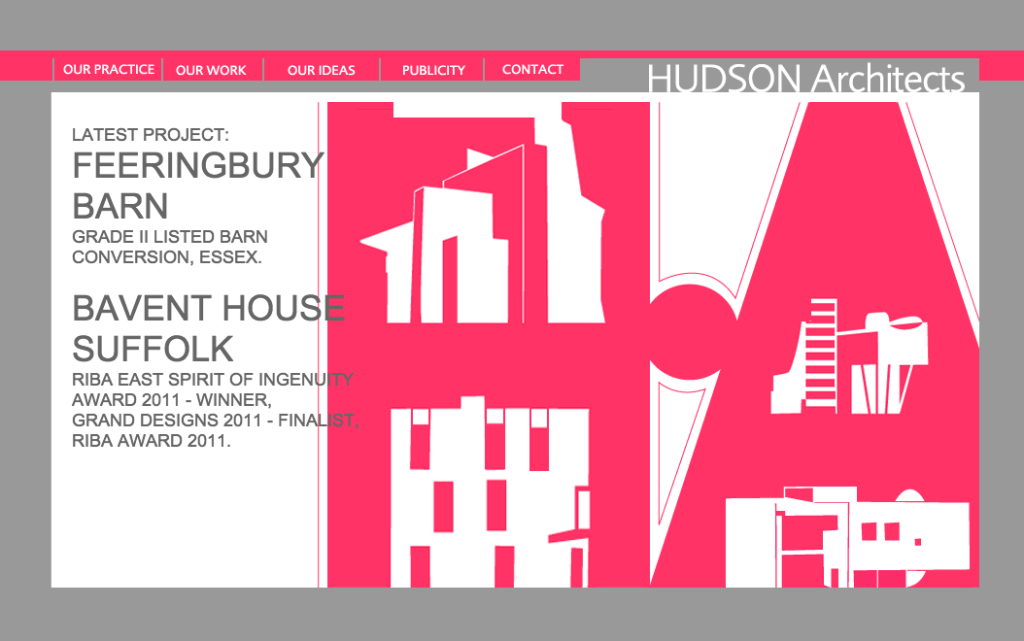
If you come across other sites that are trying so hard, but entirely missing the mark, drop me a link and I may post it in this article.

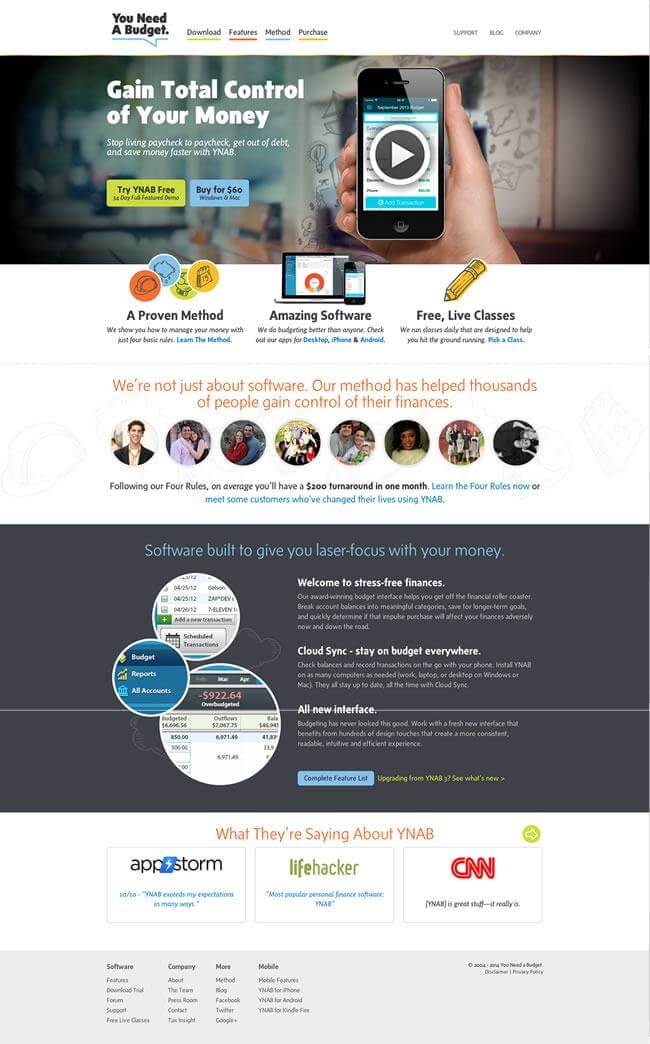

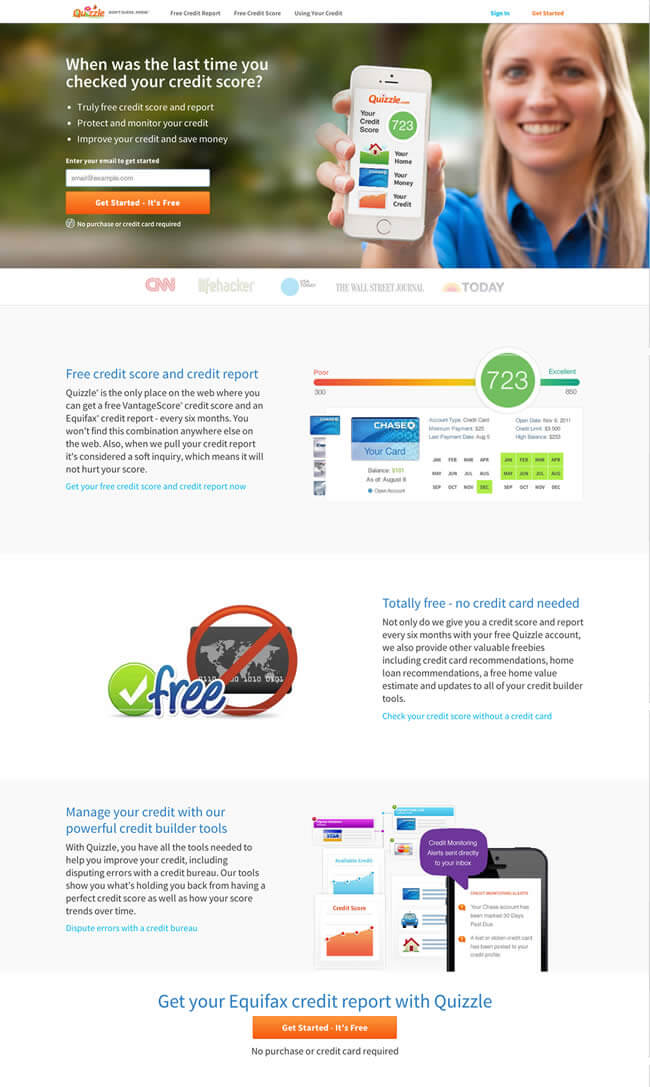
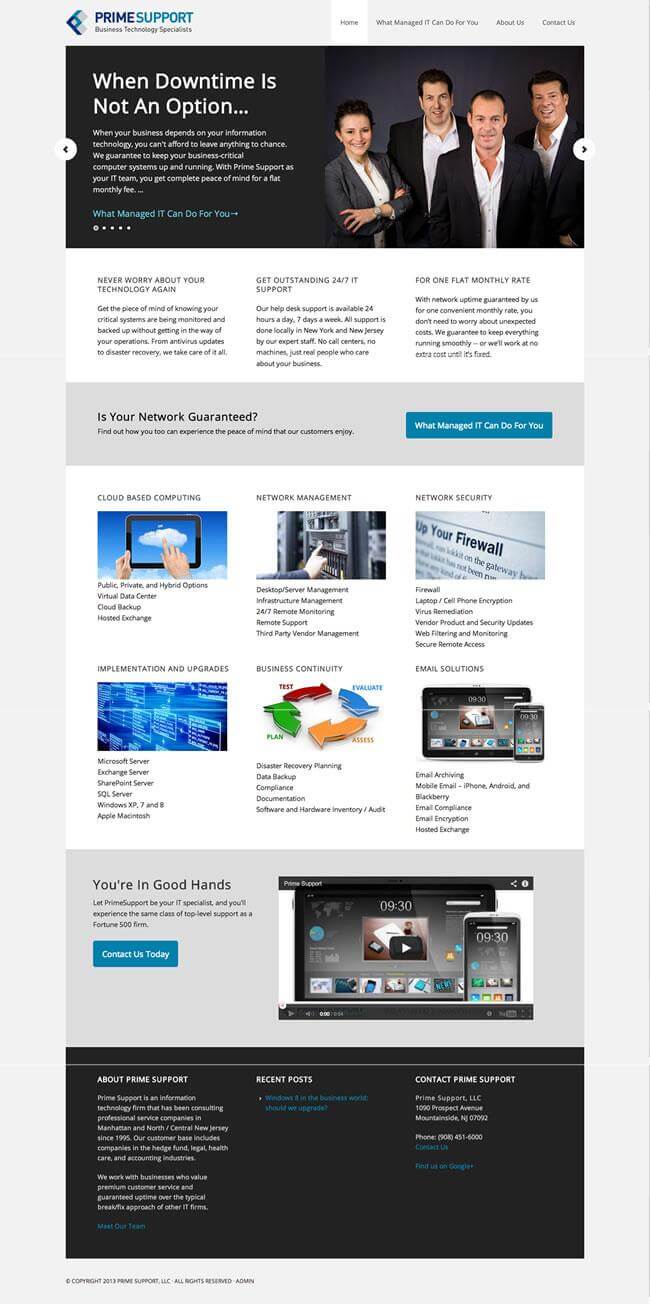
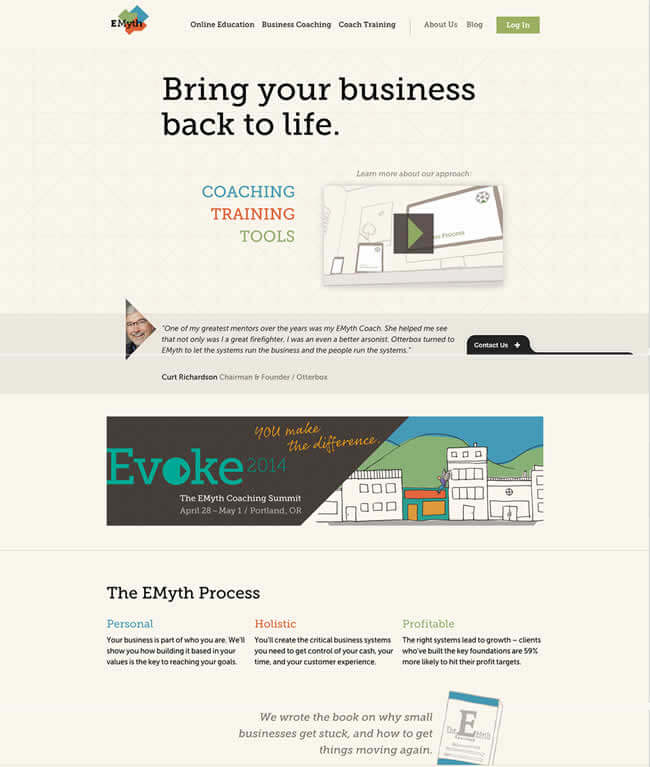
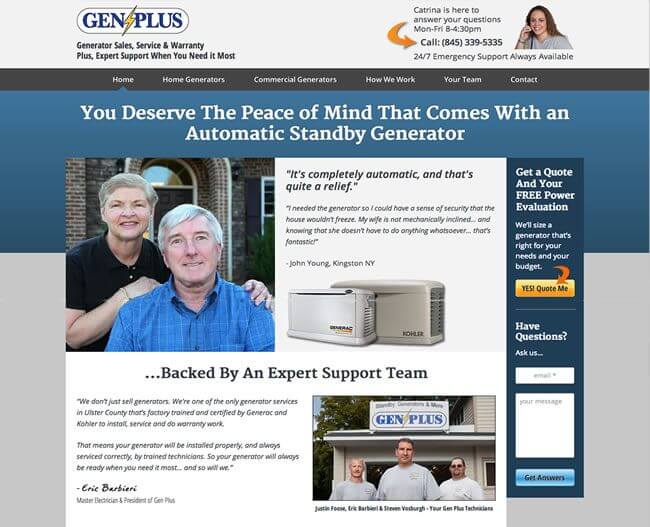
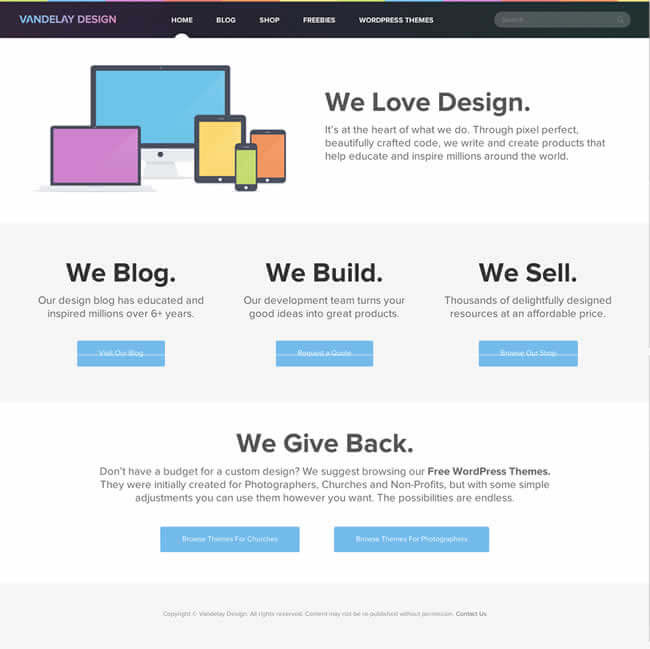
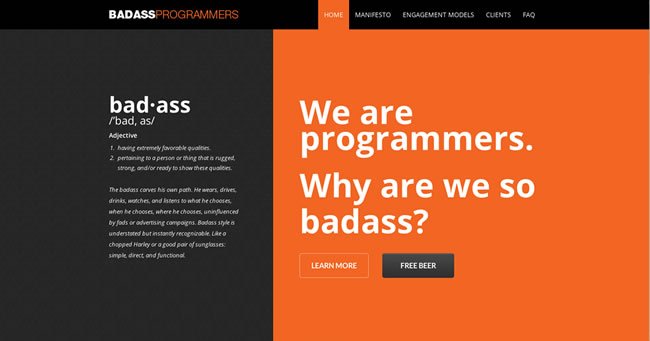

Great post!
I really learned a lot.
Thanks!
You are welcome Tim 🙂
Very interesting post!
Never thought of the ‘we’ thing – I agree though, once you notice it it’s kind of funny.
Thanx for the tips and all the best 🙂 !
You’re welcome Ina 🙂
Thanks for this. I recognise a lot of it from Ben Hunt’s advice. Ben Hunt says how it’s important to split paragraphs into short sentences of 6-8 words for readability. I find this really difficult if you want to keep the sentences grammatically correct.
I’ve also found people who advocate this don’t practise what they advise. You see lots of sentences broken up with commas using around 14 words.
Any advice? Thanks.
Dianne
Dianne, In general, short sentences 2-3 lines are best. I wouldn’t take that as a steadfast rule but more as a guide. Keeping your thoughts short and to the point is the objective.